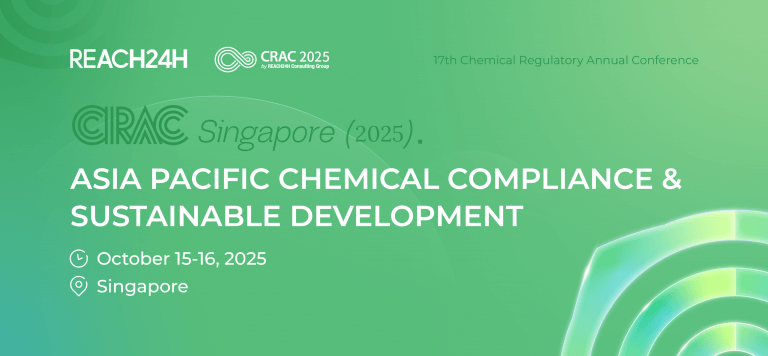News Brief
On August 1, 2025, the European Court of Justice (ECJ) issued a landmark ruling, upholding the prior decision of the General Court of the European Union to annul the classification of certain powder forms of titanium dioxide (TiO₂) as a carcinogen. This final decision has significant implications for the chemical industry and the future of regulatory practices within the European Union.
From French Proposal to EU Classification
In 2016, the French Agency for Food, Environmental and Occupational Health & Safety (ANSES) first proposed classifying titanium dioxide as an inhalation carcinogen. Subsequently, the Committee for Risk Assessment (RAC) of the European Chemicals Agency (ECHA) supported this proposal. Based on these recommendations, the European Commission adopted a regulation in 2019, classifying powder forms of titanium dioxide containing 1% or more particles with a diameter of 10 micrometers or smaller as a "Suspected Human Carcinogen" (Carcinogen Category 2). Products containing such substances were required to carry the hazard statement label "H351 (inhalation)."
Industry Opposition and Initial Victory in the General Court
The classification provoked significant opposition from titanium dioxide manufacturers, importers, and downstream users, who argued that the decision lacked a sufficient scientific basis. They filed litigation with the General Court of the European Union.
On November 23, 2022, the General Court issued a key ruling overturning the European Commission's classification decision. The court found that the Commission had committed a "manifest error" in its assessment of the scientific studies underpinning the classification and failed to provide sufficient justification. Furthermore, the General Court emphasized that the classification did not comply with the key principle under the CLP Regulation (Classification, Labelling and Packaging Regulation), which requires that a hazard must be an "intrinsic property" of the substance.
Final Ruling by the European Court of Justice
The European Commission and the French government appealed the General Court's decision. However, in its final judgment on August 1, 2025, the European Court of Justice dismissed these appeals, firmly supporting the General Court's ruling.
The ECJ's decision centered on the following key points:
Confirmation of "Manifest Error"
The ECJ agreed with the General Court that the European Commission had failed to sufficiently consider all relevant factors when evaluating the scientific evidence, resulting in a "manifest error." The court underscored the Commission's obligation to conduct a comprehensive and reliable assessment of all scientific evidence when making such significant classification decisions.
Reaffirmation of the "Intrinsic Property" Principle
The ECJ upheld the General Court's argument that the classification of titanium dioxide did not meet the "intrinsic property" principle. The court clarified that if a substance's hazard is linked solely to its specific physical state (e.g., powder form) rather than its inherent chemical properties, it cannot be considered an "intrinsic property." This principle clarifies the distinction between a substance's intrinsic hazard and the risks arising from specific exposure conditions.
Far-Reaching Implications of the Ruling
This final ruling has beneficial implications for multiple industries, including chemicals, coatings, food, toys, pharmaceuticals, and cosmetics. It means that powder products containing specific particle sizes of titanium dioxide will no longer be subject to mandatory carcinogenic labeling, thereby reducing compliance, operational, and promotional costs for affected businesses.
More importantly, the decision sets a significant regulatory precedent for the future of chemical regulation in the EU. It establishes that even in the presence of scientific uncertainty, regulatory decisions must be based on sufficient evidence, supported by transparent justification, and capable of withstanding rigorous judicial review.
However, the industry must remain vigilant. While the current carcinogen classification has been annulled, this does not indicate that titanium dioxide can be used without restrictions. Companies must continue to conduct health risk assessments under existing regulatory frameworks such as REACH. If new, stronger scientific evidence emerges in the future, France or ECHA may propose a reclassification. Therefore, professionals should remain attentive to future scientific assessments and regulatory developments.
For more information or service inquiries, please feel free to contact us at customer@reach24h.com!





